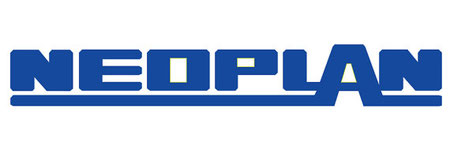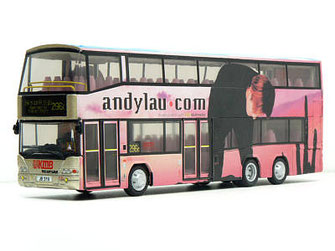
NEOPLAN Bus Service Manuals PDF


NEOPLAN Bus History
NEOPLAN Bus Service Manuals PDF (3 parts) are above this page.
July 2, 1935 Gottlob Auwärter founded in Stuttgart a workshop for the production of buses on finished freight chassis. With the outbreak of World War II, the company, having lost personnel called to the Wehrmacht, stopped the production of buses, and then was mobilized for the repair of aircraft.
After the war, Auwärter developed his own design of a bus with a frameless load-bearing body - semi-monocoque, in which the outer panels were attached to a three-dimensional structure of steel pipes. The free-wheeled freewheeling Auwärterbus bus went into production in 1953, and in 1957 began to be equipped with a comfortable air suspension. Then, in 1953, on cars of Auwärter for the first time there was a brand Neoplan. Until 2001, the company itself continued to be called Gottlob Auwärter GmbH & Co. KG, now is a division of MAN.
In 1960 the company successfully entered the growing market of airport buses, offering the market an articulated low-floor (floor height 350 mm) bus with a front engine location ..
In 1961, Albrecht Auwärter, the son of the company's founder, and Bob Lee (the future chief designer of Neoplan) developed the innovative Hamburg bus design for those times - with straight lines and a large glazed area. Albrecht Auwärter led the firm in 1965 and in the early 1970s organized the construction and start-up of a plant in Pilsting.
The company came to the tourist bus market, which was the main for Neoplan in the 2000s, only in 1964, with Konrad Aweverter's two-story development - 102-local Do-Bus. The steering mechanism of this model was carried far beyond the front axle, as a result of which passengers received a convenient passage between the arches of the front wheels. In 1971, Cityliner was launched - a long-distance bus with a passenger deck, a raised driver's seat, equipped with a toilet and air conditioning. On this model, Neoplan first used fiberglass body panels.
In the following 30 years, Neoplan developed the direction of comfortable long-distance and tourist buses, standing out among competitors "futuristic" design of their cars.
In 1973, the Neoplan Jetliner was introduced to the market. It was a 12-meter long bus with welded body, one door and 48 passenger seats.
Since 1974, Neoplan began actively selling buses outside Germany. On 12 December 1974, a bus manufacturing plant was opened in Kumasi, Ghana. Since 1975 the company has started to produce an unusual type of cars - a tourist double-decker bus for 100 seats, connected by an accordion. This model was named Neoplan Jumbocruiser, later it was nicknamed "jumbo" or "neojumba". Such buses were made before 1993, many of them still drive on the roads of Europe.
